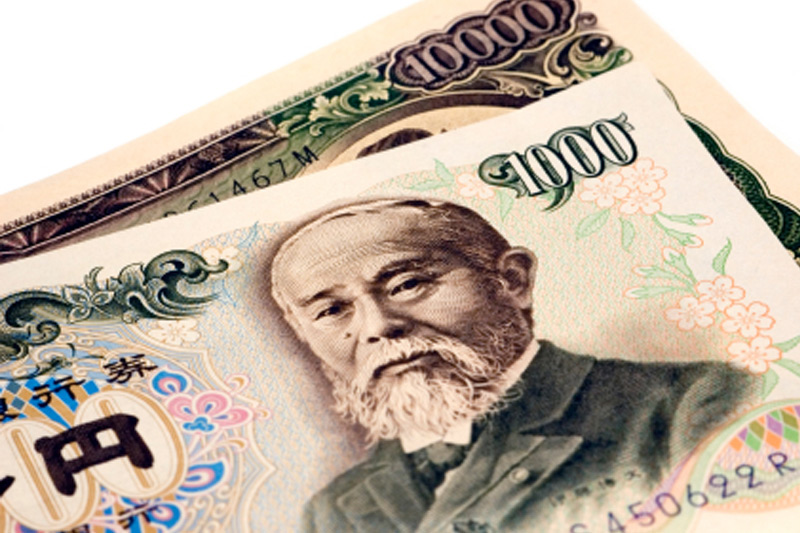By Ambar Warrick
Investing.com-- Asian currencies fell sharply on Friday, with the Japanese yen hitting a new 32-year low against the dollar as a spike in Treasury yields and growing fears of a U.S. recession depleted appetite for risk-heavy assets.
The yen sank 0.1%, reaching a 32-year low of 150.29 to the dollar after data showed Japanese CPI inflation hit an eight-year high in September. The reading points to more pressure on the world’s third-largest economy in the coming months, and will also provide headwinds to the Bank of Japan as it struggles to maintain its accommodative stance.
Short sellers of the yen were undeterred by verbal threats of foreign exchange intervention by the Japanese government. The government’s intervention in September had only temporarily paused the yen’s descent, which is down nearly 31% this year. The Japanese currency is also set to lose 1% this week in its tenth straight week of losses.
The Chinese yuan slipped 0.4% on Friday and traded near a 14-year low against the dollar, amid growing uncertainty over the Chinese economy after the delay of key third-quarter GDP data. The offshore yuan fell 0.1% and traded close to record lows.
Reports of easing quarantine measures in Beijing did little to lift sentiment towards the country, given that President Xi Jinping signaled earlier this week that China’s strict zero-COVID policy is here to stay.
Asian currencies were hit hard by a spike in U.S. Treasury yields this week, following a series of hawkish comments from Federal Reserve officials. The Indian rupee hovered near record lows, while the Thai baht led losses across Southeast Asia with a 0.6% drop. The Indonesian rupiah fared slightly better than its peers, falling only 0.2% after the central bank hiked interest rates by 50 basis points on Thursday.
Philadelphia Fed President Patrick Harker warned that the central bank is actively trying to slow the economy to combat inflation, fueling concerns that rising U.S. interest rates will trigger a recession in the world’s largest economy.
His comments added more fuel to a rally in Treasury yields, with 10-year rates rising 0.9% to their highest levels since the 2008 financial crisis.
The dollar index also steadied on Friday, sticking around the 113 level, as did dollar index futures. But the greenback was set for mild weekly losses.
Elsewhere, the British pound fell 0.3% in volatile trade after UK Prime Minister Liz Truss announced her resignation after only six weeks in the role. Gilt yields surged nearly 2%.
